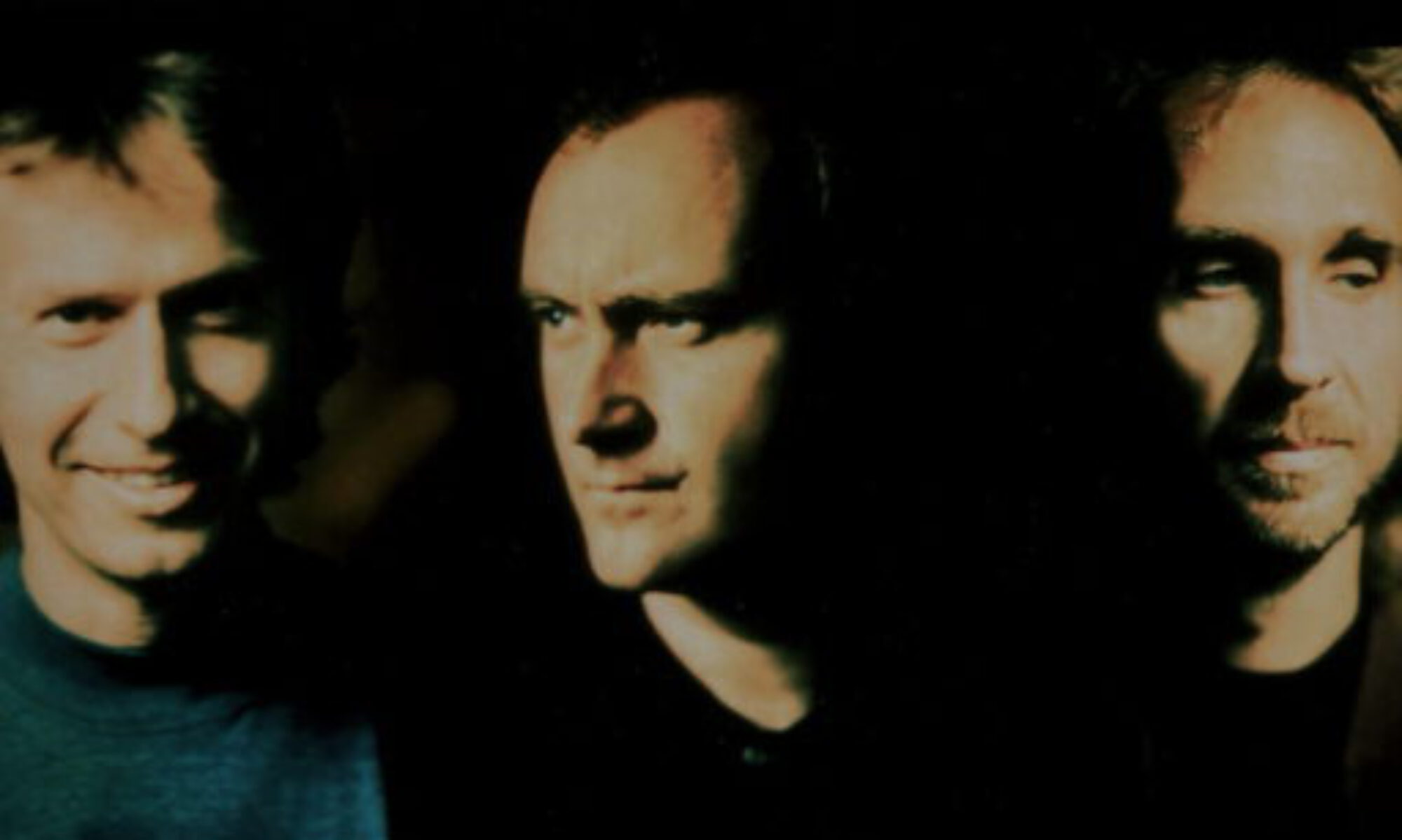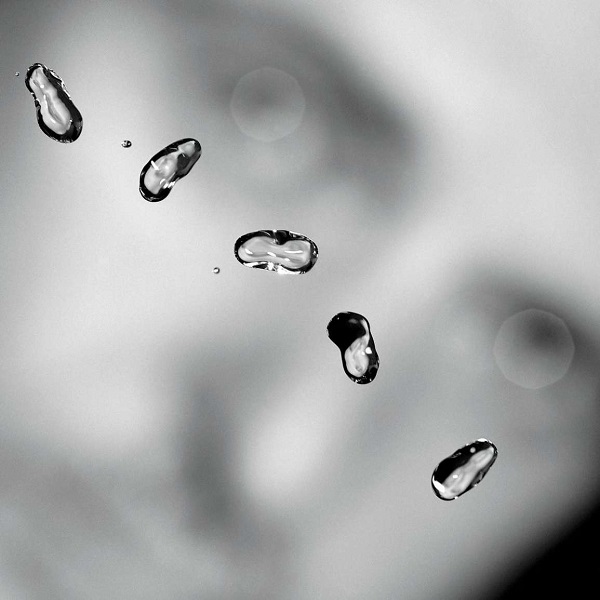On 23 September 2002, Peter Gabriel’s album Up was released.
The long process of writing and recording Up
The releases prior were OVO, music composed for Britain’s Millenium Dome, released two years earlier, and Long Walk Home, a movie soundtrack for director Phillip Noyce’s Rabbit Proof Fence. The soundtrack was released in June 2002 and just three months later, Peter’s seventh solo album Up followed.
Peter Gabriel had been working on Up for years. The first recordings were made at Real World Studios in 1995. Until 1998, Peter and his engineer Richard ‘Dickie’ Chappell also worked on the album at Youssou N’Dour’s studio in Senegal and in Meribel in the French Alps. During this time, Peter composed about 150 musical bits that he had to put together. Before returning to Real World Studios, Peter and assistant engineer Meabh Flynn travelled to Brasil and recorded on a boat on the Amazon. Back at Real World, the album was put together in the Writing Room with Chappell having set up keyboards and microphones in case Peter wanted to start a session. The 150 compositions were ‘trimmed down to a cycle of ten carefully crafted songs about birth, life and death. He explained that the album took him so long because “Old men take more time.”‘1.
Peter was joined by his fellow long-time musicians Tony Levin (bass), David Rhodes (guitar) and Manu Katché (drums). Peter also invited a number of additional musicians, among them legendary bass player Danny Thompson, blues guitarist Peter Green (formerly of Fleetwood Mac), drummer Steve Gadd and the five singers of Blind Boys of Alabama. Also, he used vocals by Nusrat Fateh Ali that had been recorded in 1996, shortly before the singer’s death.
The engineer Tchad Blake then began mixing the material and the album took shape. The album’s title was decided right from the start and in the four years since Peter Gabriel had announced his new album, several artists had also released albums called Up, for example REM in 1998 and Shania Twain in 2002.
With Up, Peter produced something entirely new, mixing ‘modern technology with traditional arts’2. There are ‘tribal rhythms and rock guitar’ on the album as well as ‘electronic effects and tasteful piano’3. The album sounded like nothing he had recorded before, but returned to his experimental stages of the early 1980s and could have been the follow-up to his fourth album Peter Gabriel twenty years earlier.
Mortality
The songs’ topics were influenced by various incidents in Peter’s life at the time, from the death of relatives because of cancer to his parents getting older and the birth of his son Isaac. With birth and death being the album’s main topics, Up became Peter’s heaviest and darkest album up to that point. It is far from the up-tempo confidence of his biggest-selling album So.
A selection of songs
The album opens with ‘the frighteningly sonically unbalanced “Darkness”, intentionally balanced to alternately strain your ears and shatter them’4. The song (the working title was ‘House in the Woods’) sets the tone of the album. It has ‘an aggressive tone’ with ‘Peter singing about the “Dark shapes under me”‘. The song is ‘about the imaginings of children, who gradually learn to accept and overcome their fears’5.
The oldest song of the album is ‘Sky Blue’ with the riff dating back to the 1980s. Showing Peter’s love for (American) blues music, Peter Green plays rhythm guitar on the track, but no solo, although Peter Gabriel had wished for one. Peter Gabriel is joined by the gospel vocals of the Blind Boys Of Alabama in the finale. The song is ‘about losing ones way amidst the vastness of nature’6.
Any optimism on the album is wiped out by ‘I Grieve’, a song about regret and death. Peter sings ‘It was all so different…‘ An early version of the song had appeared on the soundtrack of Brad Silberling’s City of Angels in 1998, but the song was reworked after 9/11 for Up. On September 11, 2001, Peter’s daughters Anna-Marie and Melanie had both been in New York and he had not been able to get in touch with them.
The album’s highlight is ‘the orchestrated ‘Signal To Noise’ […] with Nusrat Fateh Ali Khan, […] about the need for sense of morality and compassion‘7. Peter himself described that he had found his own musical identity on a song like this with its ‘string arrangements which I might have not had the confidence to try in the earlier years of my solo career.’8
Reception
The album was hailed as a masterpiece both by critics and fans around the world. It reached no. 11 in the UK and no. 9 in the US. Although it did not sell as well as some of his other albums, Peter thinks it is one of his best records.
With his last solo studio album Us being released ten years earlier, author Robin Platts jokes that Up ‘showed that even though Gabriel wasn’t able to keep releasing albums entitled simply PETER GABRIEL, he was at least imposing a strict two-letter cap on his titles’9.
Sources
Banks, Tony; Collins, Phil; Gabriel, Peter; Hackett, Steve; Rutherford, Mike; Dodd, Philip (2007): Genesis. Chapter & verse. New York: Thomas Dunne Books/St. Martin’s Griffin.
Easlea, Daryl (2014): Peter Gabriel. Das Leben und die Musik. Die exklusive Biografie. Höfen: hannibal.
Platts, Robin (2007): Genesis. Behind the lines, 1967-2007. Burlington, Ont., Canada: Collectors Guide Pub.
Thompson, Dave (2005): Turn it on again. Peter Gabriel, Phil Collins & Genesis. San Francisco: Backbeat Books.
Welch, Chris (2005): Genesis. The complete guide to their music. London: Omnibus Press.
Album reviews/further reading
https://www.bbc.co.uk/music/reviews/v4gb/
https://www.theguardian.com/music/2002/sep/19/artsfeatures.popandrock1

